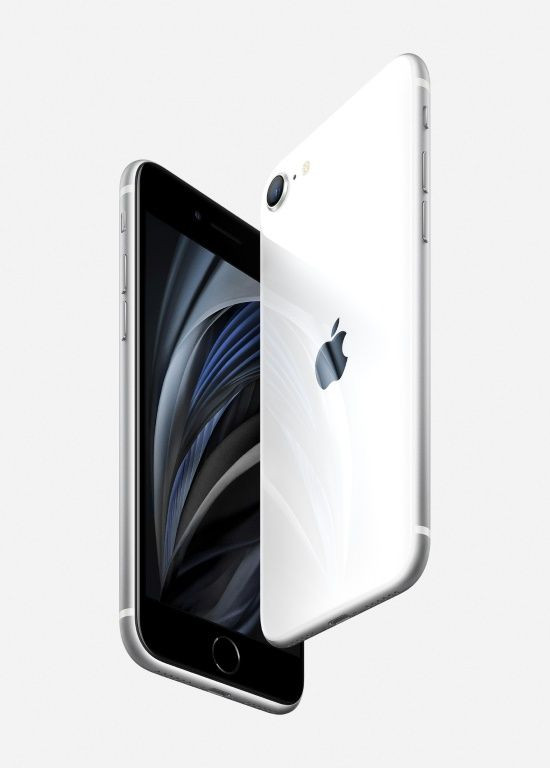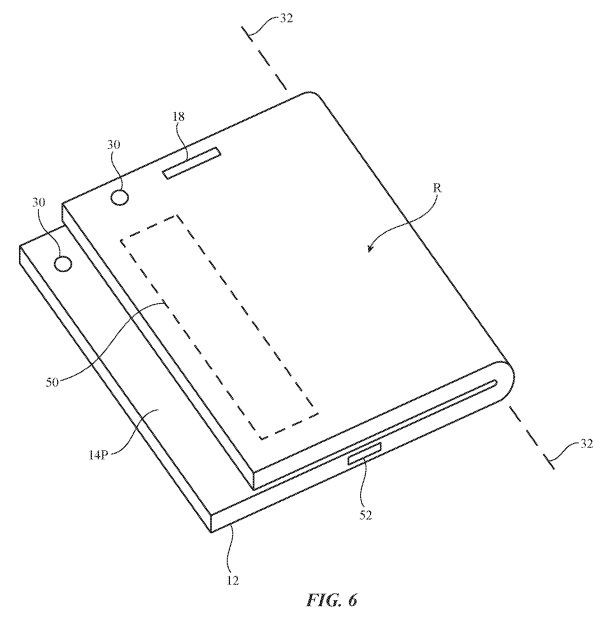Foldable iPhone Update: Apple Still Working On Device’s Design

KEY POINTS
- Apple won a new patent for a foldable device
- The patent describes a device that folds but leaves a part of the display exposed
- The patent describes several ways the device might do it
Apple is still working on its foldable iPhone's design, a new patent shows.
Previous reports indicated that Cupertino tech giant Apple is working on a foldable device and has won several patents for it, including one that talks about a protective layer for a flexible display. These and many other patents show the company's interest in foldable iPhones and iPads, even though the firm has not yet said anything about this plan.
Now, a new patent published by the U.S. Patent and Trademark Office shows that Apple is looking at potential designs for its unnamed and unannounced foldable device. The patent, spotted by Cult of Mac, talks about a device that leaves a part of the display exposed when folded, unlike Samsung's Galaxy Fold and Galaxy Z Flip.
The patent, aptly titled “Foldable electronic device with exposed display region,” describes a device designed to fold in such a way that a small part of the flexible display will remain exposed to show important things like notifications, icons and other details.

The inventors noted that for some foldable smartphones, the “device functions may be inaccessible to a user when a foldable device is in its folded configuration.” The flexible display is completely closed off and unable to show anything to the user.
Other foldable device manufacturers know this to be true. Samsung, for example, fitted the Galaxy Z Flip with a very small external display and placed a larger external display on the Galaxy Fold. Motorola, on the other hand, equipped the Razr foldable with a smaller outer display that can be used to do many things. Without these external displays, such foldables won't be useful when folded.
Apple's Paul S. Drzaic and Hoon Sik Kim, the patent's inventors, wanted to create a foldable device that will continue to be useful even when folded. Their solution is to create a foldable device that will leave a small part of the screen exposed when the device is folded.
The inventors introduced some possible designs. Aside from a device that doesn't fold at the center to leave a small display portion exposed, they also thought of creating a device that folds completely but allows the user to slide one side to reveal a small part of the display. They also thought of a device that could roll up into a tube like a scroll but still leave a part of the flexible display exposed.
© Copyright IBTimes 2025. All rights reserved.



















